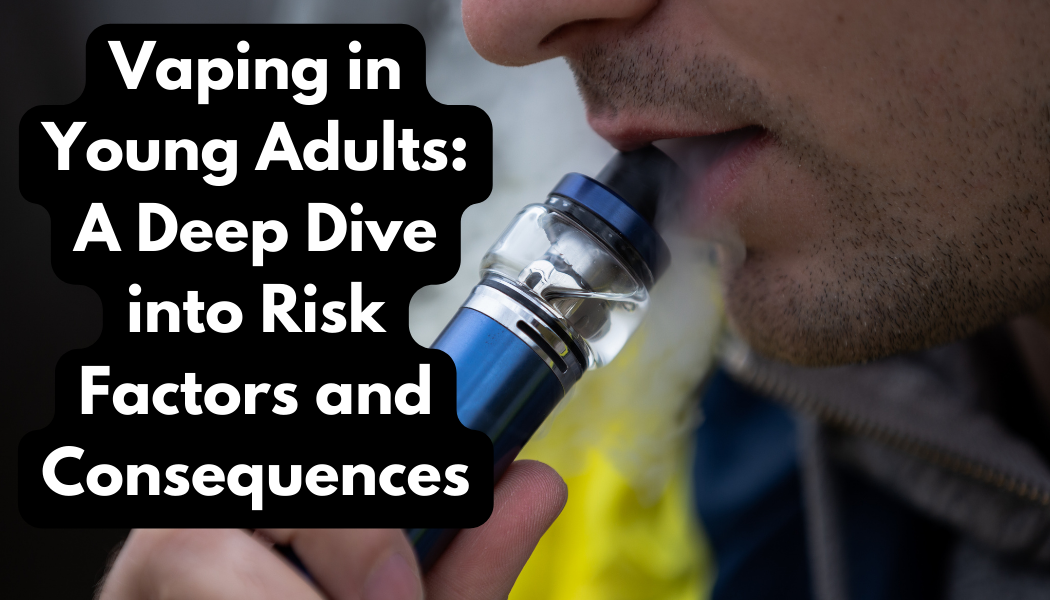Introduction
Electronic cigarettes, or vapes, have become increasingly popular, particularly among young adults. While their long-term health effects remain unclear, concerns are mounting. This study aimed to gain a deeper understanding of the factors that make young people more likely to vape and how vaping itself impacts their well-being.
Risk Factors: Beyond the Big Five
Previous research focused on the Big Five personality traits (extraversion, neuroticism, conscientiousness, agreeableness, and openness to experience) as potential predictors of cigarette smoking. However, findings related to vaping have been inconsistent. We therefore explored other potentially relevant psychological factors.
- Mindfulness: Our study revealed that young adults who vape score lower on mindfulness, which refers to being present in the moment and aware of one’s thoughts and feelings. This suggests they may struggle with emotional regulation.
- Rumination: Conversely, vape users exhibited higher levels of rumination, meaning they dwell on negative thoughts. This could lead to increased distress, potentially driving them towards vaping as a coping mechanism.
- Self-Compassion: Vape users also scored lower on self-compassion, the ability to treat oneself with kindness during difficult times. This lack of self-care might make them more susceptible to unhealthy behaviors like vaping.
Eveningness and Sleep: A Potential Connection
The study also investigated chronotype, or sleep-wake preferences. We found that vape users are more likely to be evening types, staying up later and sleeping in. This later sleep schedule could create additional opportunities for vaping, potentially leading to more frequent use and dependence. Additionally, vaping itself may disrupt sleep quality, creating a vicious cycle.
Mental Health and Substance Use: A Complex Picture
Consistent with some past research, our study found that young adults who vape experience higher levels of anxiety. This aligns with the possibility that vaping is used to self-medicate against unpleasant emotions. However, findings on depression were inconclusive, highlighting the need for further research. Interestingly, vape users reported higher levels of alcohol consumption, suggesting a potential link between substance use behaviors.
Limitations and Future Directions
This study has some limitations. The sample was predominantly female, and the number of male vape users was insufficient for gender-based analysis. Additionally, the self-reported nature of the data introduces potential bias. Future research should address these limitations and explore additional factors, such as socioeconomic status, access to vapes, and how stress might influence the observed relationships. Importantly, this study’s cross-sectional design prevents establishing cause-and-effect relationships. Longitudinal studies are needed to determine if these factors truly predispose individuals to vaping and if vaping itself causes changes in mental health and sleep quality.
Conclusion
This study sheds new light on the psychological factors associated with vape use in young adults. It highlights the potential role of mindfulness, rumination, self-compassion, and chronotype in influencing vaping behavior. Additionally, it suggests links between vaping and anxiety, sleep quality, and alcohol use. These findings offer valuable insights for developing interventions to curb vaping and its consequences. By focusing on promoting self-compassion and mindfulness, as well as addressing ruminative thinking patterns, we can empower young adults to make healthier choices.

